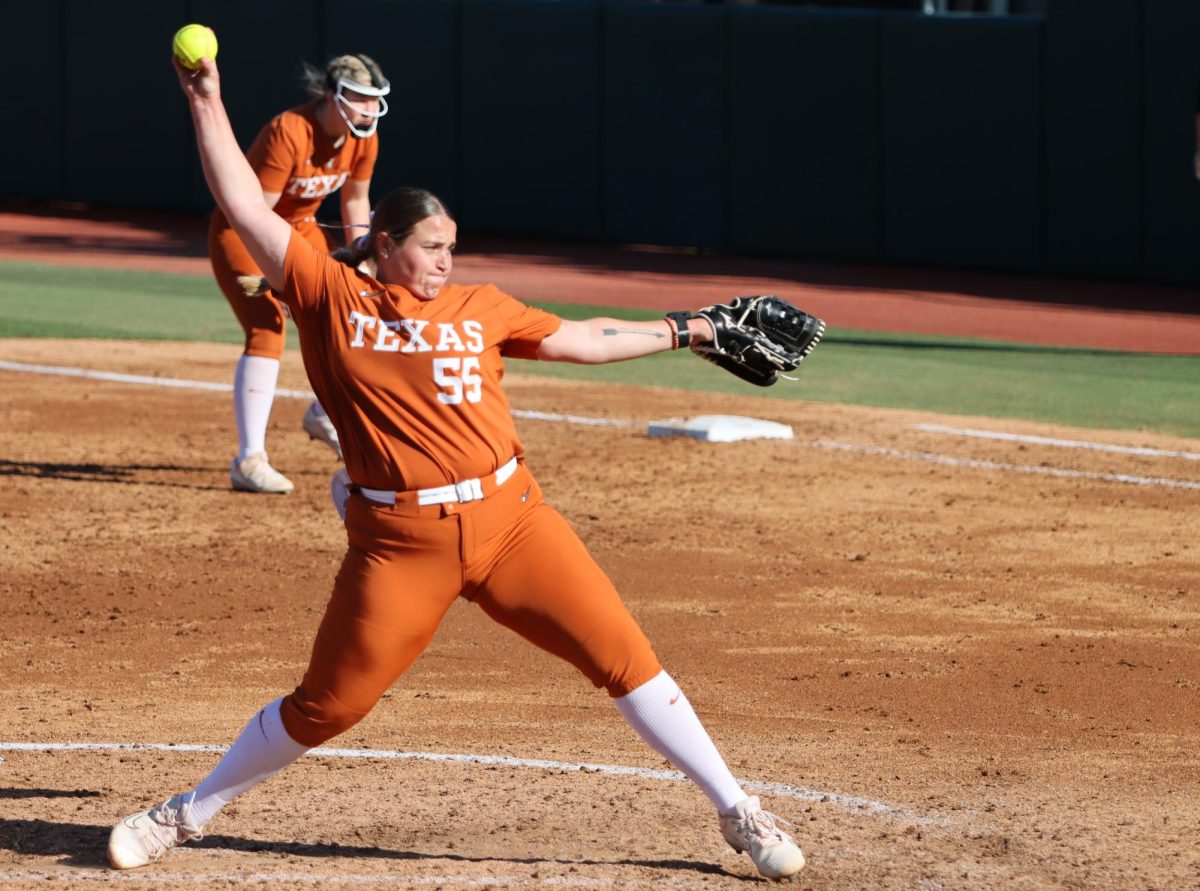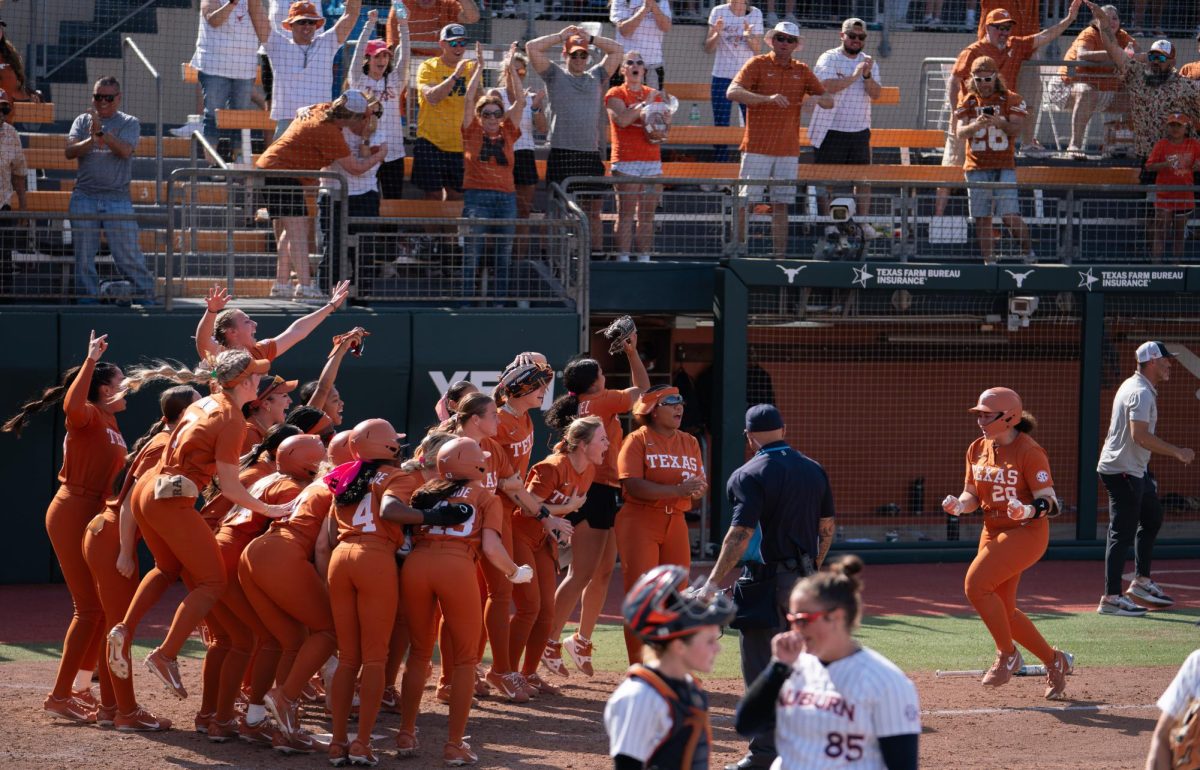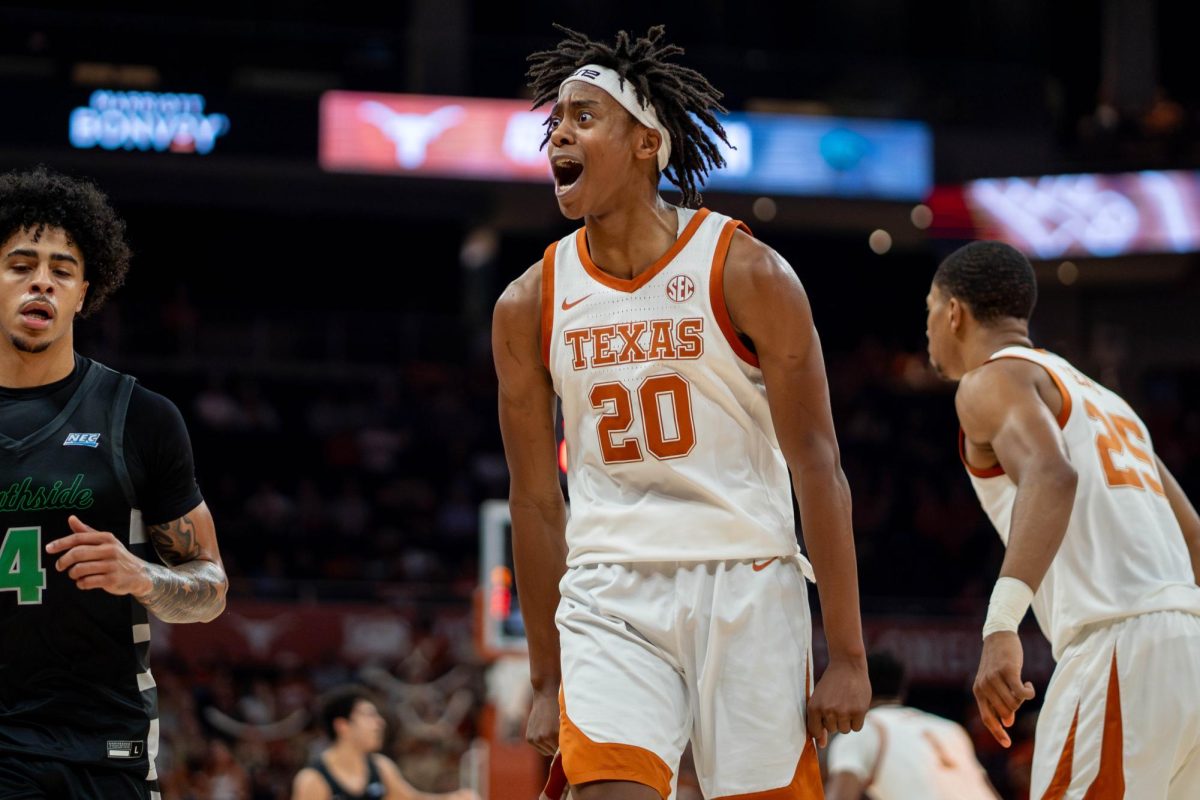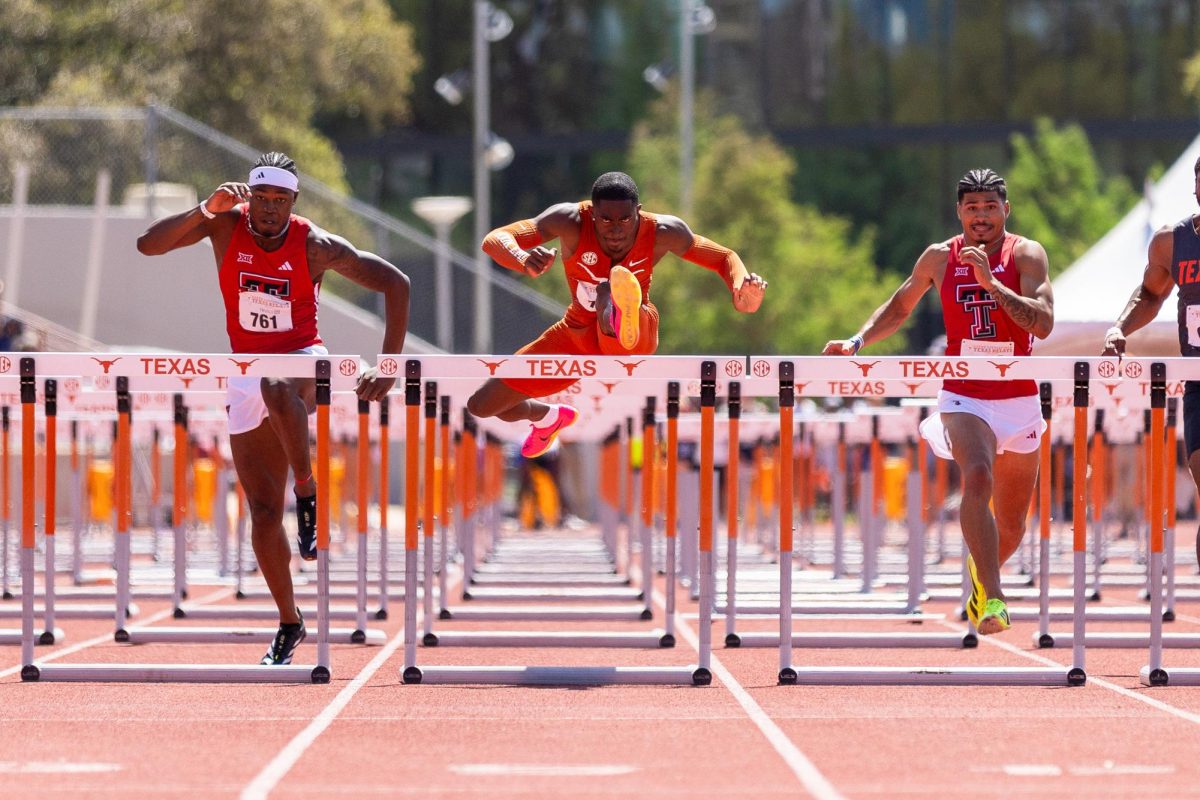Ever heard of a defensive coordinator who didn’t care about giving up yards?
Meet Manny Diaz.
In his first game on the job, Diaz’s defense didn’t let Rice in the end zone as the Owls were forced to settle for three field goals, and Texas pitched a shutout in the second half.
But what may have been the most impressive part of the Longhorns’ defensive performance was the way they played in the red zone. Rice got past Texas’ 20-yard line twice and got pushed backward both times. The Owls ran six plays in the red zone that netted -8 yards.
“We never let them in our end zone and we take that very personally,” Diaz said. “If we let them get a big play, the worst thing that can happen is they get in our red zone. And our guys play with great confidence in the red zone.”
The Longhorns’ secondary was a major reason the defense was able to keep the Rice in check. The Owls didn’t test Texas downfield very much, but the fact that Rice senior quarterback Taylor McHargue threw for only 79 yards on 29 attempts (2.7 yards per attempt) is remarkable. BYU’s Jake Heaps, however, should be more aggressive than McHargue.
“The secondary was probably the best unit of any on defense,” said head coach Mack Brown. “It’s hard to tell because there weren’t a lot of deep throws. We were really pleased with them with them across the board, especially with the inexperience at corner.
Rice’s longest pass went for 15 yards and wasn’t even made by their quarterback but by sophomore running back Sam McGuffie. As he was being dragged to the turf well behind the line of scrimmage, McGuffie blindly heaved the ball to junior receiver Vance McDonald. It was one of just two Rice passes that went for at least 10 yards.
“One of Diaz’s philosophies is that if you don’t give up a long run or pass for a touchdown, the worst thing that can happen is they get in your red zone,” said senior linebacker Emmanuel Acho. “And once they get in the red zone, you just have to out-tough them and you’ve got to out-fight them.”
On the surface, not caring whether a defense allows teams to move the chains or march downfield seems insane. But when the underlying principle behind it is caring only about preventing opponents from scoring, and especially from scoring touchdowns, it makes a lot more sense.
“You don’t win and lose games based on how many yards you give up,” said senior linebacker Emmanuel Acho. “You win and lose games based on how many points you give up.”














